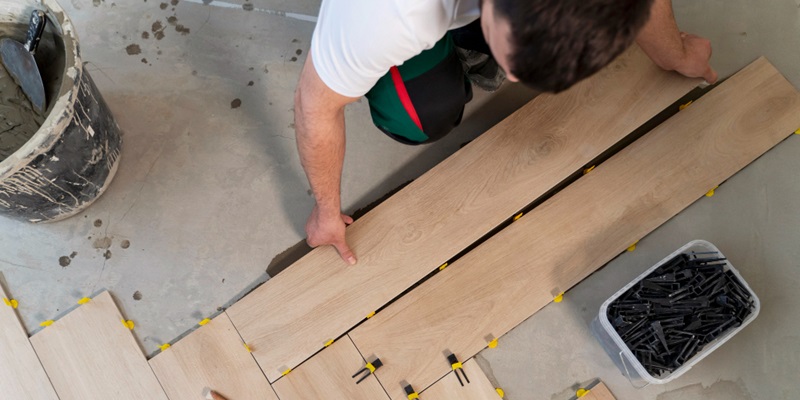In the world of data centers, where energy efficiency, equipment reliability, and infrastructure maintenance are critical, it is easy to overlook the importance of the data center floor. However, the way we design and construct the floor, as well as the materials we use, can have a significant impact on various aspects of data center operations. From heat dissipation to cable management and static electricity concerns, the flooring design plays a pivotal role. In this article, we will delve into the intricacies of data center floor design and materials, highlighting their implications on cooling, maintenance, cost-efficiency, and more.
The Impact of Floor Design on Heat Dissipation
Efficient heat dissipation is vital in data centers to ensure the proper functioning of server racks. The design of the data center floor significantly influences how effectively excess heat can move away from the servers. A well-designed floor should facilitate airflow and allow for proper cooling, minimizing the risk of overheating and subsequent equipment failure.
Raised Floor Design: Definition and Benefits
One popular approach to data center flooring is the raised floor design. This involves creating a platform two or three feet above the building’s main floor, typically a concrete slab in single-story facilities. By elevating the infrastructure, raised floors enable improved airflow and cooling, ensuring a consistent temperature throughout the data center. Additionally, they provide a convenient space for running power and networking cables, simplifying cable management.
Alternative Flooring Approach: Chilled Water Circulation in Concrete Slabs
Another flooring option gaining traction in data centers is embedding pipes within a concrete slab and circulating chilled water. By leveraging the thermal mass of the slab, this approach helps regulate temperature effectively. This alternative flooring method can provide a high level of thermal stability, which is crucial in energy-efficient data center designs.
Convenience of Raised Floors for Cable Management
One of the significant advantages of raised floors is the ease of managing cables. With power and networking cables safely tucked away under the raised platform, accessibility and organization are vastly improved. This minimizes the risk of accidental disconnections, simplifies troubleshooting, and facilitates future upgrades, resulting in less downtime and improved overall data center efficiency.
Cost Implications of Complex Data Center Floor Designs
While the benefits of raised floors and alternative flooring solutions are manifold, it is essential to consider the associated costs. The more complex the data center floor design, the higher the overall construction expenses. Data center planners must carefully weigh the advantages against the financial implications to strike a balance that supports long-term operational efficiency while remaining within budgetary constraints.
Increased usable floor space with raised floors
Raised floors can significantly increase the usable floor space inside a data center facility. By elevating the infrastructure and incorporating underfloor cable management, more square footage can be dedicated to server racks. This optimization of space utilization leads to increased return on investment in data center construction, allowing for the accommodation of additional equipment and higher scalability.
Risk of static electricity charges and equipment impact
While not immediately apparent, the data center floor can pose a threat to sensitive equipment if it allows static electricity charges to build up. These static charges can damage components and increase the risk of equipment failure. Addressing this concern becomes crucial in planning the data center floor. Materials that dissipate static charges effectively should be chosen to mitigate any potential damage caused by electrostatic discharge.
Importance of Selecting Materials that Dissipate Static Charges
When selecting flooring materials for a data center, it is paramount to consider their ability to dissipate static charges. Options such as anti-static tiles or conductive flooring systems are available, acting as a defense against the buildup of static electricity. Implementing such materials ensures a safe and reliable environment for sensitive data center equipment, minimizing the risk of costly disruptions due to equipment failures.
In conclusion, the design and materials used in data center flooring have far-reaching impacts that directly affect energy efficiency, equipment maintenance, operational costs, and overall performance. From facilitating efficient heat dissipation and enhancing cable management to preventing static electricity damage, each consideration plays a crucial role in optimizing data center operations. Before dismissing the data center floor as a mere structural component, it is essential to acknowledge its significant contribution to the success and longevity of the facility. By recognizing the multifaceted role of flooring design and materials, data center operators can create environments that are efficient, reliable, and adaptable to future technological advancements.

